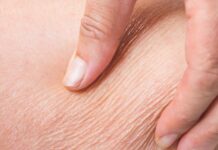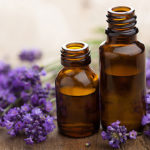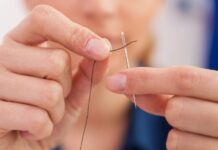When it comes to must-have rooms in a house, the presence of the bathroom is definitely indispensable. It is the place where people perform personal hygiene tasks, so this room should not only be aesthetically pleasing but also hygienic.
According to experts, no matter how spacious your bathroom is, there are 4 things that should not be left in this area for too long. The list includes familiar items that many families mistakenly leave scattered in the bathroom.
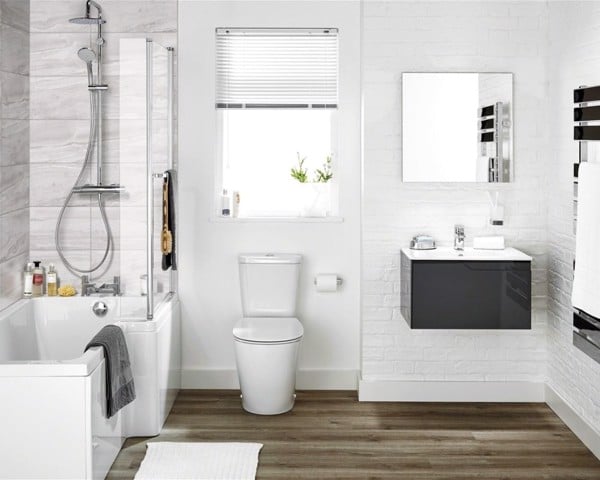
What are the 4 things that should not be left in the bathroom? (Illustration)
1. Towels
The habit of placing towels such as bath towels, hair towels in the bathroom is often practiced by many families because of the convenience it brings, allowing users to easily use them when needed. However, in reality, leaving various types of towels in the bathroom for a long time is not advisable, whether clean or dirty towels.
First of all, clean towels can be exposed to various types of bacteria from different sources in the bathroom environment, so hanging or placing them on open shelves will not guarantee that these towels are completely hygienic. Instead, they can be exposed to some types of bacteria or dirt. Secondly, with dirty towels that have been used, they already contain moisture, bacteria, and from there, they produce unpleasant odors. Therefore, dirty towels should not be left in the bathroom for too long.
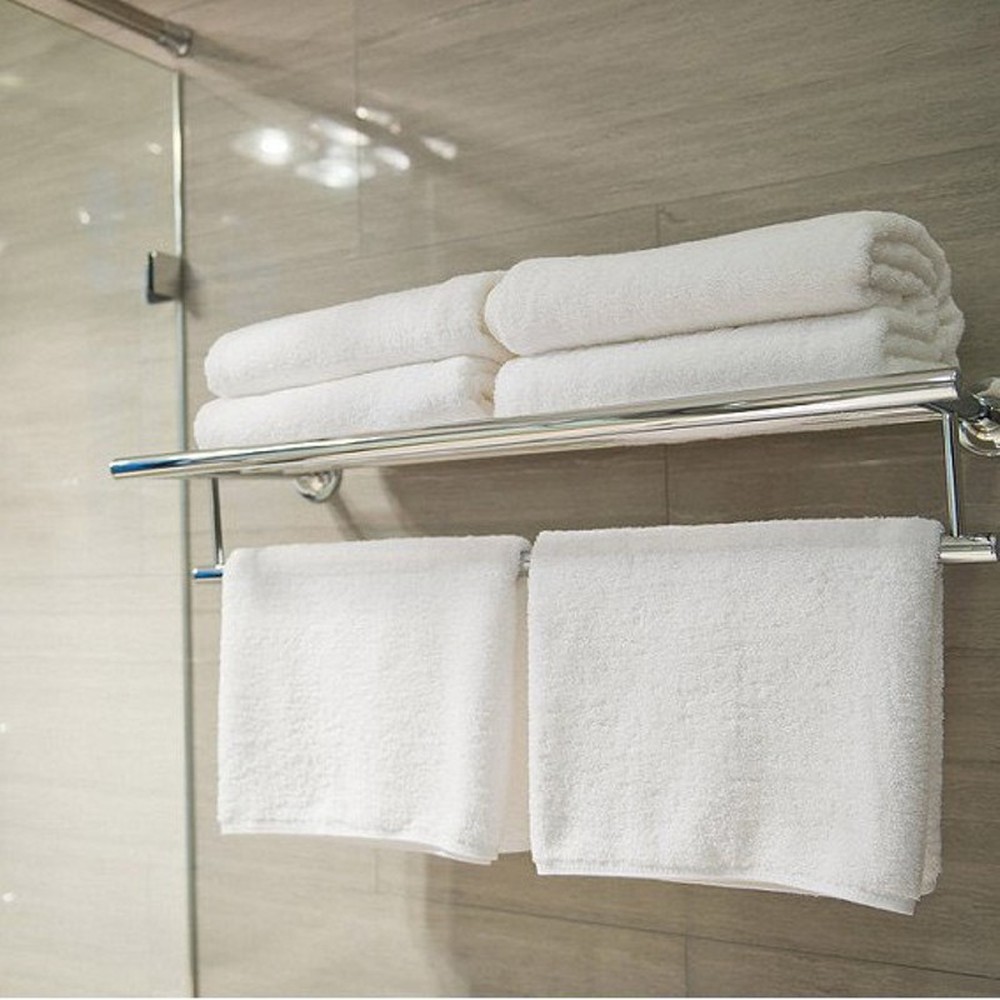
Clean or dirty towels should not be left in the bathroom (Illustration)
Ideally, after each use, they need to be taken for washing or at least exposed to the environment for better drying. As for clean towels, if users want convenience during the use process, it is best to store them in closed cabinets or shelves to ensure maximum hygiene.
2. Dirty clothes
Similar to dirty towels, dirty clothes are also not recommended to be hung or left in the bathroom for too long, whether it be a few days or even a few hours. Many users often have the habit of taking off dirty clothes and hanging them on a hanger behind the bathroom door. This happens even in summer.
Dirt such as sweat from the body sticks to clothes, combined with the humid environment inside the bathroom, will generate a large amount of bacteria. In addition, leaving dirty clothes without washing for a long time also causes the clothes to develop black mold or yellow stains, affecting their aesthetics.
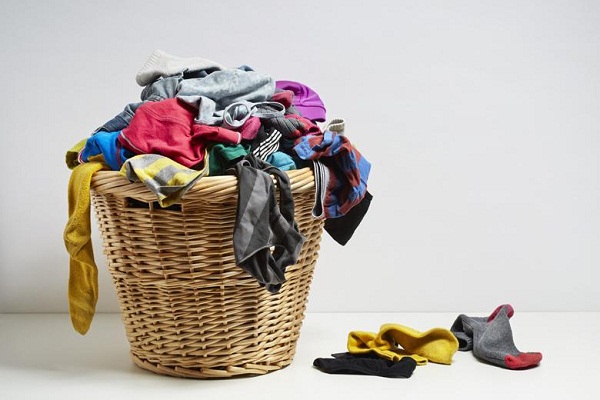
Dirty clothes are also on the list (Illustration)
Therefore, with dirty clothes, when users take them off, they should be washed as soon as possible. If there is no intention to wash immediately, hang or expose them to a cool and dry area such as the garden or balcony.
3. Trash bin
The trash bin is the place to store and collect all kinds of waste, so the amount of hidden bacteria in this area can be said to be enormous, especially with the trash bin in the bathroom. In addition, placing the trash bin next to the drain or toilet inadvertently increases the opportunity for bacteria to reproduce inside.
Therefore, if the family has a habit of placing the trash bin in the bathroom, it should be cleaned every day, 1-2 times depending on the frequency of use and the number of family members. In addition, every weekend, users can clean the trash bin with cleaning agents, then let it dry in the sun to ensure better sterilization.
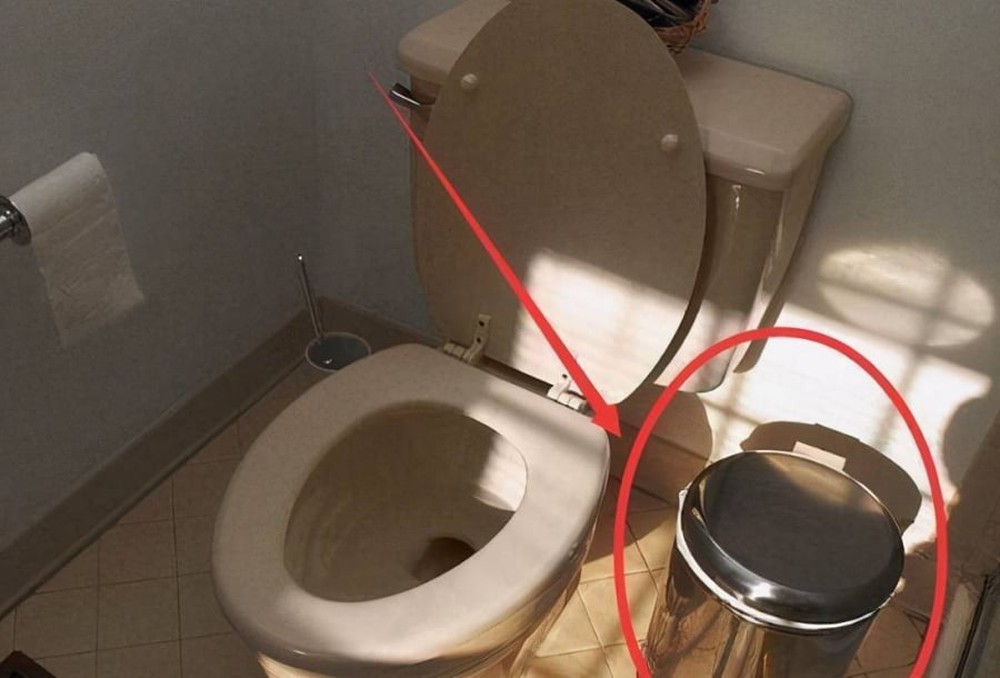
The trash bin should be emptied daily and cleaned weekly (Illustration)
4. Plants
Plants are often seen as a common decoration in the bathroom of many families. In addition, plants also help to purify the air to some extent in this area.
However, in reality, some bathrooms are relatively enclosed, with little light and poor air circulation. These conditions will adversely affect the process of photosynthesis of plants. Over time, the plants will not be able to grow well and will wither quickly. At the same time, the humid environment inside the bathroom also makes bacteria and insects reproduce on the plant pots.
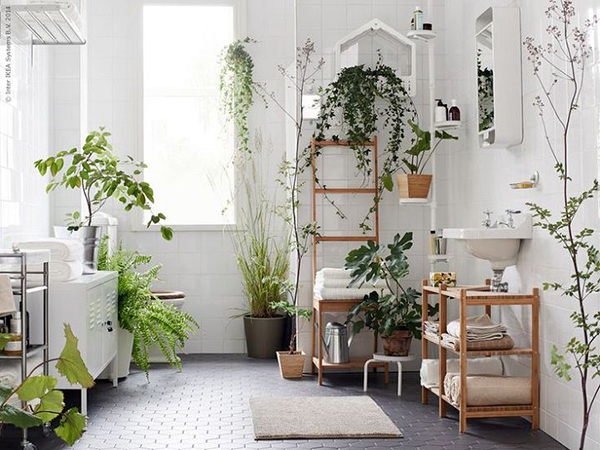
Illustration
Therefore, users need to carefully consider before placing plants in the bathroom. If they are used only for decorative purposes, it is possible to choose artificial plants.
Source: Phụ nữ mới




